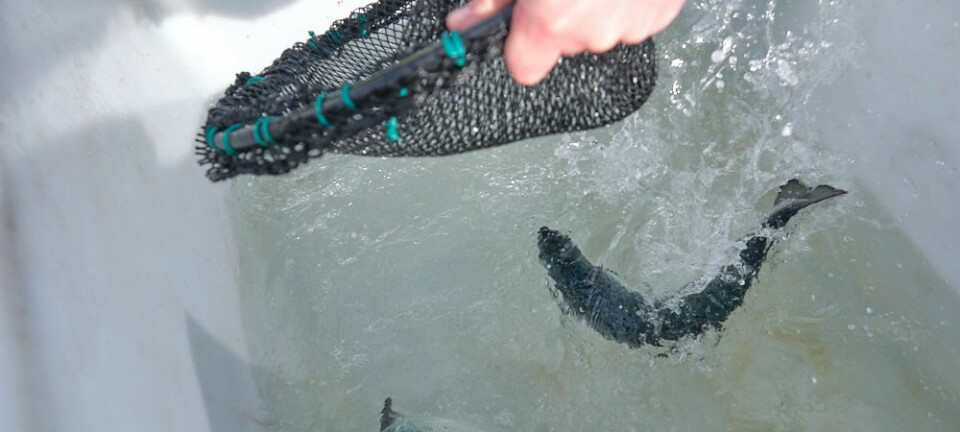
Second algal bloom has emerged in Chile
A fresh algal bloom is being monitored in the same region of Chile where plankton caused the death of 3,550 tonnes of farmed salmon earlier this month.
The new bloom was discovered by a continuous monitoring program being carried out by the Institute of Fisheries Development, or Instituto de Fomento Pescquero (IFOP).
Leonardo Guzmán, head of the IFOP aquaculture division, told Fish Farming Expert’s Chilean sister site, Salmonexpert.cl, that the new bloom started approximately two weeks ago and was concentrated mainly in the vicinity of Isla Vergara, southern Aysén.
The bloom this time features four microalgae: Alexandrium catenella, Protoceratium reticulatum, Dinophysis acuminata and Dinophysis acuta. The microalgae that caused losses for Blumar, Salmones Austral, Camanchaca, and AquaChile in the Puerto Aguirre area of southern Aysén earlier this month was Pseudochattonella.
Early warning
“We issued an early warning two weeks ago and informed the authorities. The flowering has continued to evolve due to the occupation of different geographical sectors and with increasing levels of abundance of A. catenella. However, at this time of summer it is feasible that one should expect these conditions, with greater or lesser strength,” said Guzmán.
The IFOP official didn’t have information on whether salmon farms had been affected, but said the bloom remains restricted to the southern area of Aysén and that due to current conditions, it should not continue to evolve and affect the northern area of the region or the extreme south of Chiloé Island.
“Right now, what we are observing is restricted to the south of Aysén and there is no data to suggest that the event could extend to Los Lagos,” said Guzmán. “Today everything points to a normal condition, but since these blooms are different every year, I think from experience it should not affect northern Aysén. However, we have to wait and continue monitoring.”
The IFOP data based on abundance estimators place A. catenella at level 7 and for the other microalgae the levels could reach 9-10 (the highest level of the scale).























































